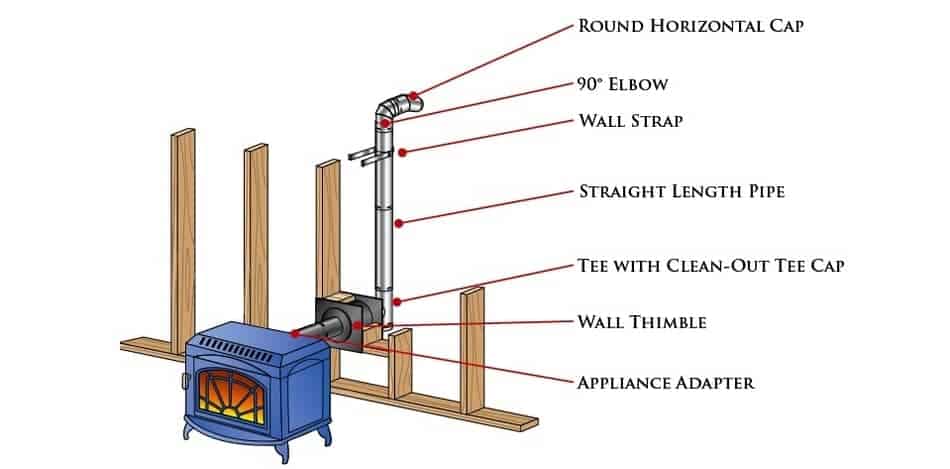Setting up a modern stove can be an stimulating yet daunting task for homeowners. Whether you are improving to a sleek induction stove or considering a traditional gas cooking appliance, the installation process is a pivotal step that sets the stage for all your culinary adventures. With so many options available, grasping the nuances of stove installation is crucial for ensuring protection, performance, and optimal performance in your kitchen.
While some may think about taking on the setup themselves, hiring stove installation specialists can help you avoid effort, worry, and probable safety hazards. Experts bring valuable expertise, guaranteeing your fresh appliance is installed correctly and in compliance with local codes. This article will take you through the essential aspects of stove installation, including the distinctions between natural gas and electricity-powered stoves, kitchen preparation tips for your kitchen, and common mistakes to prevent. By the end, you will have with the information to make informed decisions and trust the professionals to manage your stove installation with simplicity.
Selecting the Ideal Stove for Your Home
When it comes to choosing a cooker for your kitchen, the first decision you'll need to make is whether to go with gas and electric options. Gas stoves are recognized for their quick heating and superior temperature control, making them popular among professional chefs and avid home cooks. Conversely, electric cooktops, such as induction cooktops, provide simplicity and easy cleaning. Think about your cooking style, kitchen layout, and energy availability to determine which choice aligns best with your lifestyle.
Another important factor is the size and design of the stove. You will want to ensure that the cooker you select fits well in your kitchen space while also matching your design tastes. Freestanding models can provide a traditional touch, while slide-in stoves offer a modern, built-in look. Moreover, it’s crucial to measure your current space to avoid any problems with fitting during setup, especially if you are upgrading from an outdated model.
Lastly, consider the installation requirements for the stove you choose. Gas stoves may need a new gas line or ventilation upgrades, while electric cooktops might require an electrical outlet setup or home electrical upgrades. Talking to with specialists can assure that your selected stove meets all safety codes and fits your current home setup, which is crucial for a successful and safe installation.
Preparing for Installation
Before the installation of your latest stove, it is crucial to prepare your kitchen properly. Start by clearing the space where the stove will be set up, taking out any outdated appliances and furniture that could obstruct the process. This not only provides more space for the installer but guarantees that the environment is secure and organized, reducing the risk of accidents. Additionally, take this chance to clean the area completely, as a neat environment will make the installation smoother and easier to operate in.
After that, consider the existing infrastructure in your kitchen. For gas stoves, verify if you require a gas line enhancement or any additional ventilation to accommodate your new appliance. If you're opting for an electric or induction stove, evaluate if your kitchen's electrical system satisfies the necessary amperage and voltage. This can involve checking your outlets and maybe seeking advice with a qualified electrician to make sure your kitchen can handle the latest appliance's requirements in a safe manner and efficiently.
Finally, having all necessary tools and materials on hand can speed up the installation process. Whether you're working with a specialist or doing a DIY installation, make certain you have the right connectors, level, and any necessary permits or documentation. Understanding local stove installation codes will aid you avoid any future compliance issues. Taking these actions will not only ready your kitchen but also contribute to a successful and stress-free stove installation.

Security and Conformity Considerations
When installing a brand new stove, security should be your primary priority. Whether you are opting for a gas or electric stove, ensuring correct installation is crucial to avoid hazards such as natural gas leaks or electrical malfunctions. For natural gas stoves, make sure the links are tight, and check for any leaks using detergent water around the connections. For electric stoves, confirm that the outlet is able of handling the stove’s energy requirements to avoid overheating or electrical issues. Employing the services of a qualified installer is strongly recommended to comply with security standards.
Conformance with local codes and regulations is crucial in any stove installation undertaking. you could try this out have particular requirements that dictate how stoves should be set up, including airflow, clearance from flammable materials, and suitable grounding for power units. Before starting your installation, check with your local building authority to find out if any licenses are required for the setup of your new stove. Adhering to these regulations not only ensures safety but also protects you from potential fines or issues when selling your home.
Finally, it is essential to have a practical maintenance plan in place after your stove has been set up. Regularly inspecting gas lines, checking for leaks, and ensuring that electrical systems are functioning as designed are important steps to maintain safety. Following the maker's guidelines and checking with a professional for any repairs or upgrades can lead to long-term effectiveness and safety for your kitchen. Don't overlook the significance of safety and compliance; they are essential aspects that contribute to a worry-free cooking environment.
